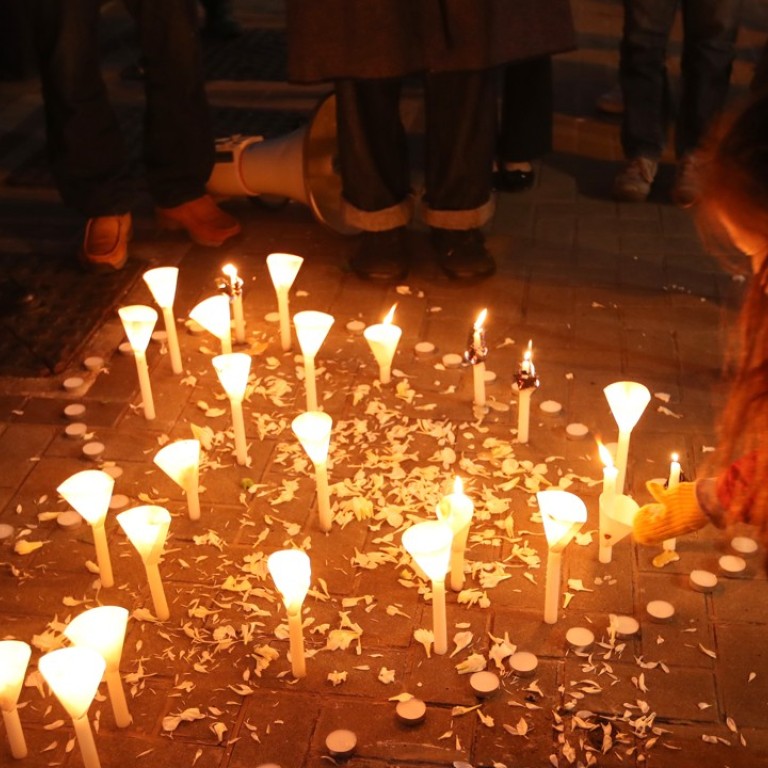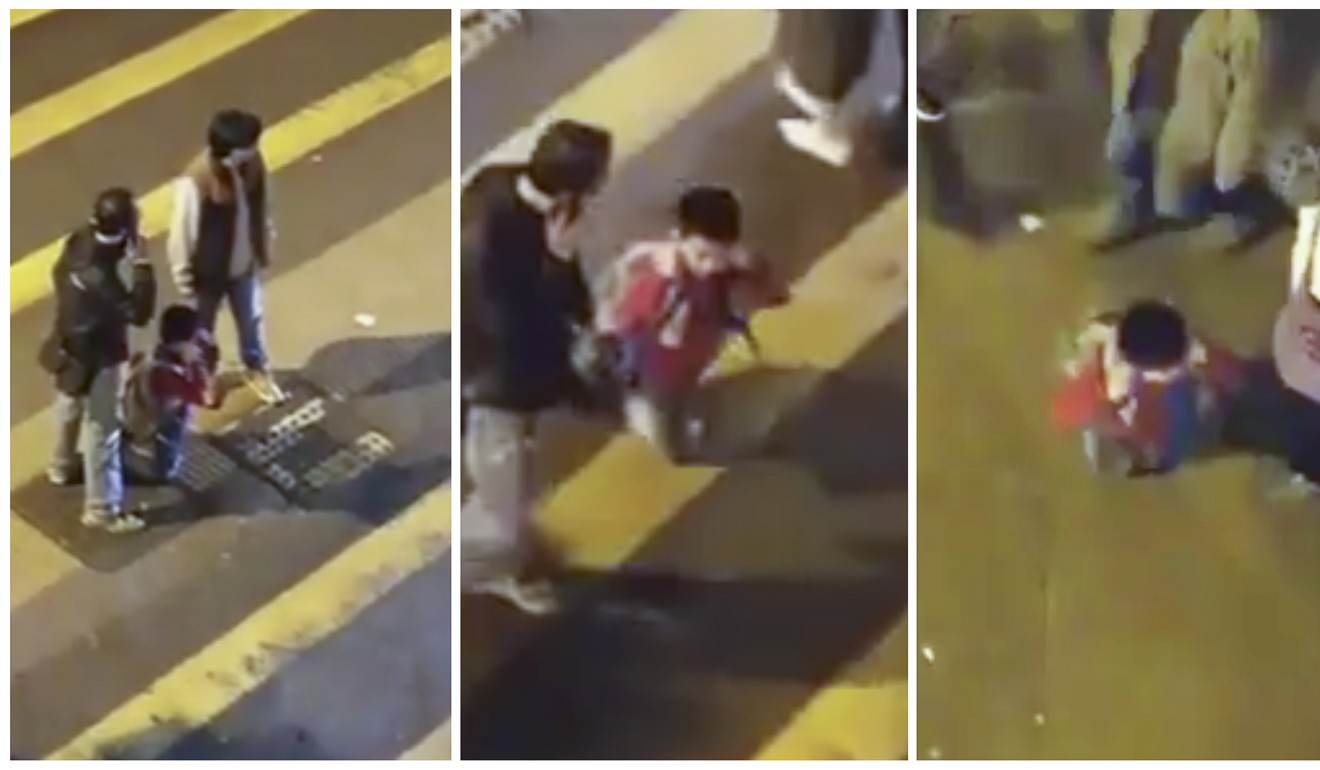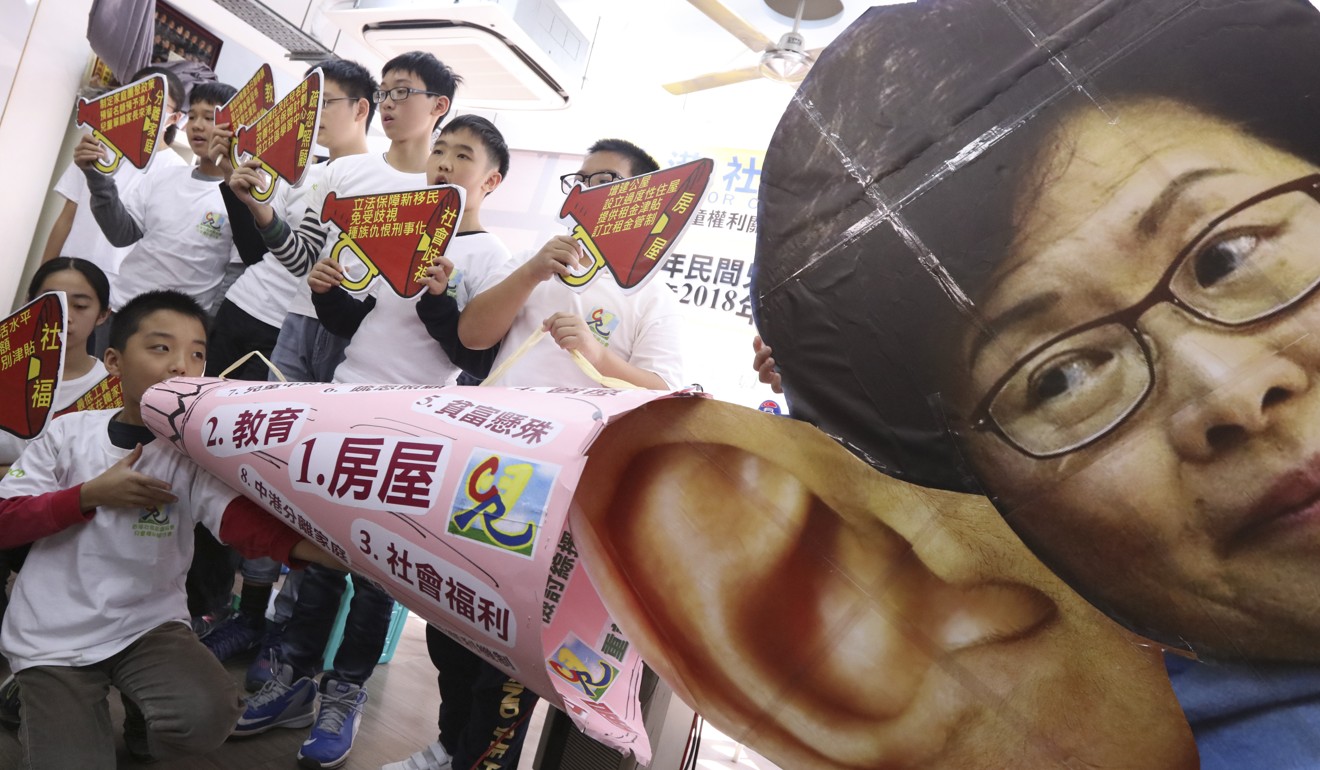
Be a better neighbour, don’t ignore signs of child abuse in Hong Kong
Alice Wu says the death of five-year-old Chan Sui-lam has rightly sparked criticism of the failure of the government’s mechanisms to protect children, but we could all do more to prevent child abuse
In Hong Kong, most child abuse victims suffer at hands of parents

Have we, too, been passing the buck? Have we brushed off opportunities for intervention, made the excuse that ‘someone else will take care of it’?
How many more of these child abuse cases need to come to light before we face our collective failure to protect the most vulnerable in our society? These are not “statistics” but human lives.
There comes a point when we must hold ourselves to our repeated statements of outrage. It is time to admit to ourselves that, too often, we become numb and suffer from tragedy fatigue. How many times have we been resigned to accepting that “there’s little that can be done” when told that child abuse is complex and has been around since time immemorial?
Spike in child abuse cases in Hong Kong coincides with exam time, research shows

We must demand that the government stop merely paying lip service to the public and act on allocating resources, getting the crucial information and weeding out all the red-tape that has failed to provide vulnerable people with the protection they need and deserve. But we must also – as private citizens and members of the community – take steps to become more aware of the vulnerable people we may be in contact with, day in and day out.
Safety checks ordered for kindergartens in China
Have we been turning a blind eye to the plight of the helpless and voiceless? Have we, too, been passing the buck? Have we brushed off opportunities for intervention, made the excuse that “someone else will take care of it”? Are we willing to risk the charge of nosiness and interference ?
May the tears we have shed for the loss of “Lam Lam” inspire us to be better neighbours, members of our community and advocates for children.
Alice Wu is a political consultant and a former associate director of the Asia Pacific Media Network at UCLA

